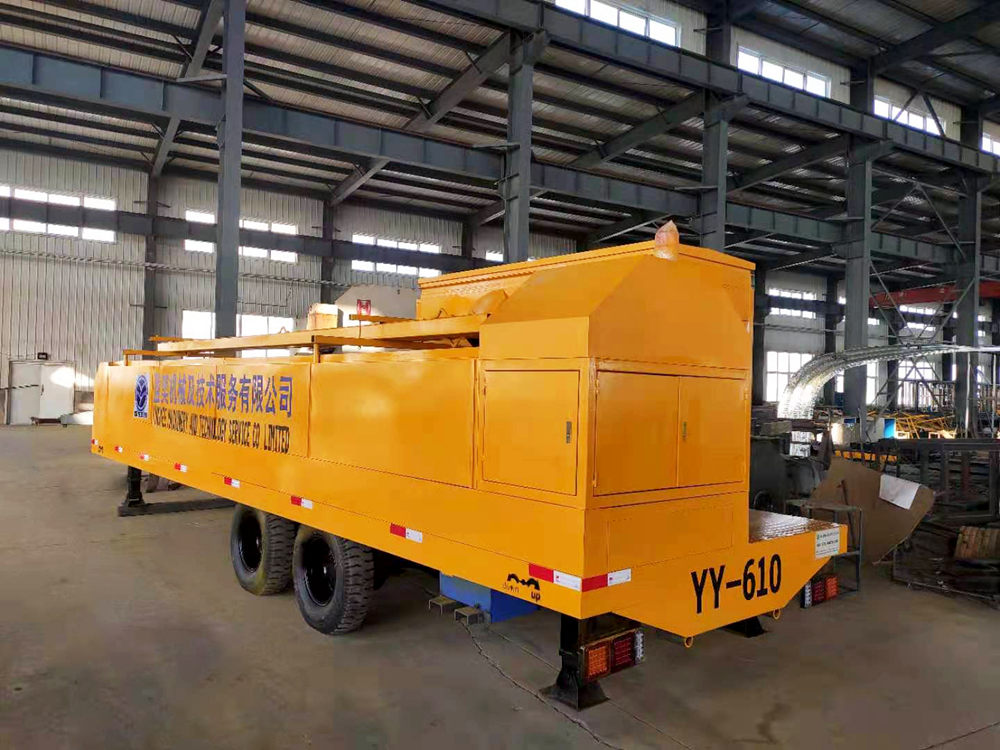
The Versatility and Importance of Roof Tile Rolling Machines
In the ever-evolving world of construction and manufacturing, efficiency, sustainability, and adaptability are paramount. One piece of machinery that exemplifies these qualities is the roof tile rolling machine. This innovative device has transformed the way roof tiles are produced, offering an array of benefits that appeal to both manufacturers and builders.
At its core, a roof tile rolling machine is designed to produce metal roof tiles through a seamless rolling process. This equipment is capable of creating tiles in various shapes, sizes, and colors, making it a versatile solution for various roofing needs. Manufacturers can tailor their production to meet specific architectural requirements, thus catering to a wide market without sacrificing quality.
The primary advantage of using a roof tile rolling machine lies in its efficiency. Traditional methods of tile production can be labor-intensive and time-consuming, often leading to increased costs for manufacturers. In contrast, a roof tile rolling machine automates much of the process, drastically reducing the time needed to produce tiles. This efficiency translates to lower overhead costs and faster project turnaround times for builders, enabling them to meet customer demands without delay.
Moreover, the precision offered by these machines is unparalleled. With advanced technology such as computer numerical control (CNC), roof tile rolling machines produce tiles with consistent dimensions and quality. This uniformity is essential for ensuring that tiles fit perfectly upon installation, reducing the likelihood of structural issues down the line. Builders can rest assured that they are working with high-quality materials, contributing to the overall durability and aesthetics of the roofing system.

Another critical aspect of roof tile rolling machines is their contribution to sustainability. As the construction industry moves towards more eco-friendly practices, the production of metal roof tiles offers a promising solution. Metal roofing is known for its longevity and recyclability. By using a roof tile rolling machine, manufacturers can employ recycled metals in their production processes, further reducing waste. Additionally, metal roofs reflect sunlight more effectively than traditional materials, leading to improved energy efficiency in buildings. This is a significant advantage in today’s market, where energy concerns are at the forefront of architectural decisions.
Furthermore, advancements in roofing technology have led to innovative designs that enhance the aesthetic appeal of metal roofs. With the ability to create tiles in various styles, manufacturers can produce products that closely mimic traditional materials like clay or slate, while retaining the benefits of metal. This capability allows builders and homeowners to achieve desired looks without compromising on functionality or efficiency.
In recent years, the global construction market has seen an increased demand for metal roofing solutions, driven by factors such as durability, low maintenance, and energy efficiency. Roof tile rolling machines are at the heart of this trend, providing manufacturers with the tools necessary to meet the growing needs of the market. As construction projects become more complex and varied, the role of these machines in the industry will only continue to expand.
Investing in a roof tile rolling machine offers considerable advantages not only for manufacturers but for builders and consumers as well. The ability to produce high-quality, customizable, and sustainable roof tiles positions manufacturers at the forefront of the industry.
In conclusion, roof tile rolling machines are not just an asset; they are a necessity in modern roofing production. As the construction industry continues to innovate, the demand for efficient and sustainable roofing solutions will only rise. With their ability to enhance production speed, maintain quality, and support sustainable practices, roof tile rolling machines are set to play a pivotal role in shaping the future of roofing. Builders and manufacturers alike can look forward to a landscape where efficiency meets aesthetic appeal, ultimately providing valuable choices for consumers.